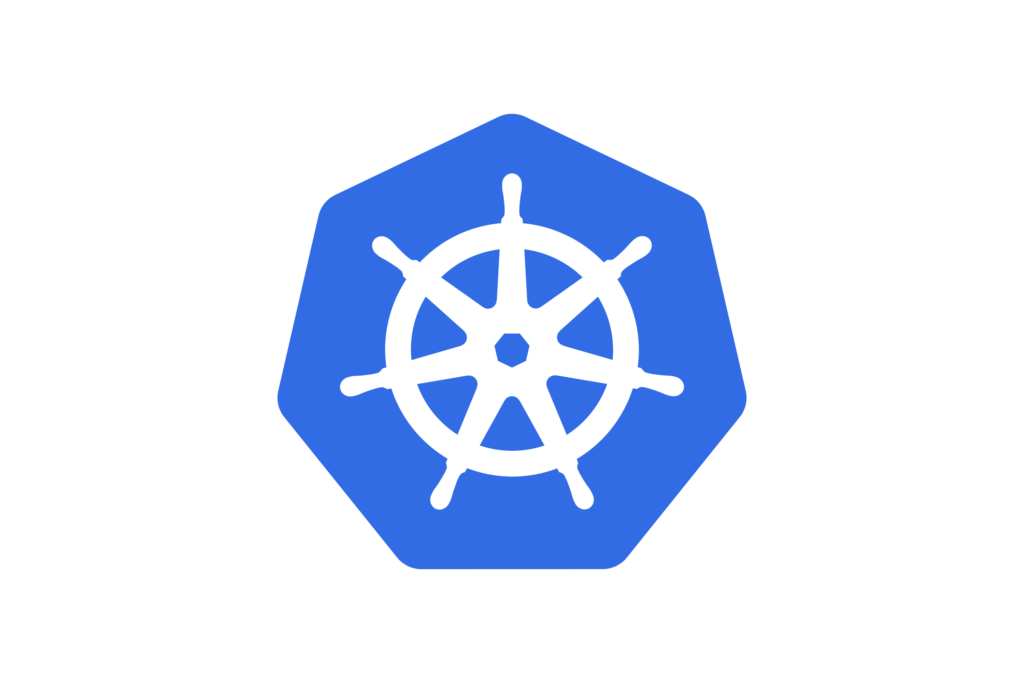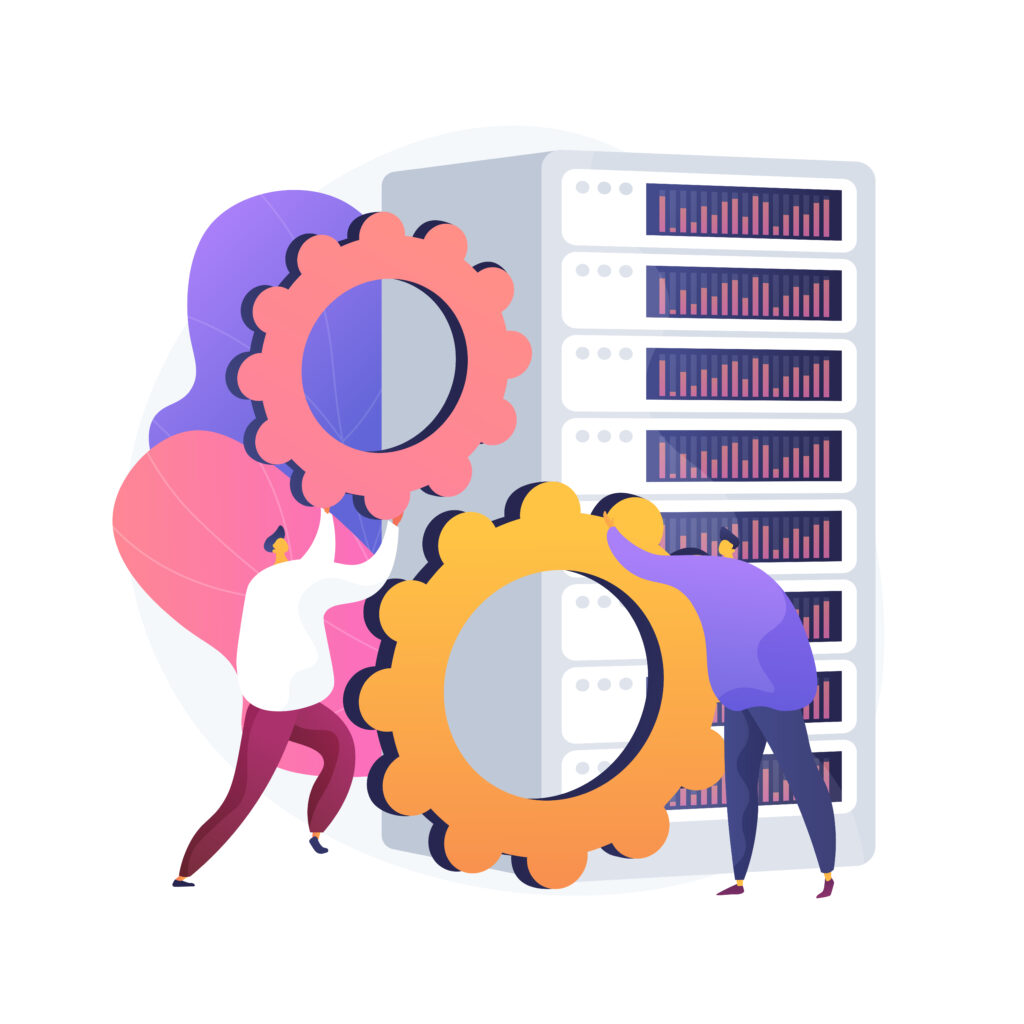Understanding Kubernetes Disaster Recovery Strategy
A robust Kubernetes disaster recovery (DR) strategy is crucial for ensuring the resilience and continuity of applications deployed on a Kubernetes cluster. This comprehensive plan outlines the essential steps and procedures to be followed in the event of an outage or disruption.

Firstly, the strategy involves meticulous data backup procedures to safeguard critical information and configurations. Regular snapshots of persistent volumes and configuration data are taken to enable swift restoration in case of failure. Additionally, the strategy encompasses clear documentation of recovery processes, including roles and responsibilities assigned to team members, ensuring a coordinated response during crises.
Moreover, a well-defined disaster recovery strategy incorporates automated failover mechanisms to minimize downtime and maintain seamless operations. This may involve deploying redundant resources across multiple clusters or cloud regions, enabling rapid failover in case of node or cluster failures.
Furthermore, regular testing and simulation exercises are integral components of the DR strategy. This process will allow teams to validate the effectiveness of recovery procedures and identify potential weaknesses before they impact production environments.
Below are the essential components:
Understanding the Threats for Kubernetes Disaster Recovery:

1. Hardware Failure:
This encompasses a variety of potential issues, including the malfunction of essential hardware components such as servers or storage devices within the Kubernetes cluster infrastructure. When hardware fails, it can directly impact the cluster’s ability to effectively execute its tasks, including running pods and managing resources.
2. Software Bugs:
Despite rigorous testing and development efforts, both Kubernetes itself and the underlying infrastructure software may occasionally encounter bugs or unexpected glitches. These software issues can lead to service interruptions or failures within the cluster environment. This might disrupt normal operations and potentially affect critical applications.
3. Cybersecurity Attacks:
In today’s digital landscape, cybersecurity threats pose a significant risk to Kubernetes clusters. Malicious actors may target these clusters with various types of attacks, including distributed denial-of-service (DDoS) attacks, ransomware, or unauthorized access attempts.
These attacks aim to disrupt cluster operations, compromise data integrity, or even exfiltrate sensitive information, posing serious security concerns for organizations relying on Kubernetes for their applications and services.
4. Natural Disasters:
While often overlooked in discussions about digital infrastructure, natural disasters can have a profound impact on Kubernetes clusters. Events such as floods, fires, earthquakes, or severe weather conditions can cause physical damage to data centers or networking infrastructure, leading to service outages or disruptions.
Additionally, power outages resulting from natural disasters can further exacerbate the situation, affecting the availability and reliability of Kubernetes clusters and the applications they support. Organizations must consider the potential impact of natural disasters when planning their disaster recovery and resilience strategies for Kubernetes environments.
Key Considerations for complete Kubernetes Disaster Recovery:

1. Recovery Point Objective (RPO):
This metric is pivotal as it sets the threshold for the acceptable amount of data loss during a disaster. It delineates the point in time to which data must be recovered in order to resume operations effectively.
Understanding and defining this parameter is crucial in determining the frequency and granularity of backups, ensuring minimal data loss in adverse scenarios.
2. Recovery Time Objective (RTO):
The RTO serves as a critical benchmark, delineating the maximum tolerable duration for downtime before services need to be restored. It encapsulates the time frame within which operations must be resumed to avoid significant business impact.
Establishing a clear RTO aids in prioritizing recovery efforts and deploying resources efficiently to expedite the restoration process.
3. Data Backups:
Regular and comprehensive backups of application data, configuration files, and cluster state are indispensable components of a robust DR strategy. These backups serve as a safeguard against data corruption, hardware failures, or any unforeseen disasters.
Implementing a well-defined backup strategy, including frequency, storage locations, and verification processes, ensures the availability and integrity of critical data for timely recovery.
4. High Availability (HA):
Integrating HA techniques such as replica sets and deployments enhances system resilience by mitigating the impact of single points of failure. By distributing workloads across multiple nodes and maintaining synchronized data replicas, HA mechanisms ensure uninterrupted service availability, even amidst hardware failures or network disruptions.
Designing and implementing HA architectures proactively fortify the infrastructure against potential disruptions, bolstering overall reliability and uptime.
5. Disaster Recovery Site:
Establishing a secondary cluster in a geographically distant location provides a vital layer of redundancy and resilience for critical applications. This secondary site serves as a failover mechanism, enabling seamless continuation of operations in the event of a primary site failure or geographical disaster.
Ensuring synchronization of data and resources between primary and secondary sites, along with regular testing and failover drills, guarantees rapid and efficient failover capabilities when needed most.
6. Testing and DR Automation:
Regular testing and automation of DR processes are imperative to validate the effectiveness and readiness of the recovery plan. Conducting simulated disaster scenarios, including failover drills and recovery simulations, enables organizations to identify potential vulnerabilities and optimize response procedures.
Automating failover and recovery processes streamlines the execution of critical tasks, minimizing manual intervention and reducing recovery time objectives. Continuous refinement and enhancement of DR automation procedures ensure agility and adaptability in the face of evolving threats and business requirements.
Common Disaster Recovery (DR) Strategies for Kubernetes:

1. Backup and Restore:
Implementing a comprehensive backup strategy entails safeguarding your Kubernetes cluster’s vital components, including its state, configuration files, and application data. Regularly backing up these elements ensures that they can be swiftly restored to a healthy cluster in the event of a disaster.
By maintaining up-to-date backups, organizations can minimize data loss and expedite the recovery process, thereby enhancing their resilience to potential disruptions.
2. Geo-distributed Clusters:
Embracing a geographically distributed approach to Kubernetes deployment enhances fault tolerance and resilience. By spanning Kubernetes clusters across multiple geographic regions, organizations mitigate the risk of a single point of failure.
In the event of an outage or disaster affecting one region, services can seamlessly failover to alternate regions, ensuring uninterrupted availability and continuity of operations. This strategy not only improves reliability but also optimizes performance by reducing latency for end-users across diverse geographical locations.
3. Disaster Recovery as a Service (DRaaS):
Leveraging Disaster Recovery as a Service (DRaaS) solutions offered by cloud providers streamlines the management of disaster recovery processes. DRaaS platforms automate tasks such as backups, replication, and failover to secondary cloud environments, simplifying the implementation and orchestration of DR strategies.
By offloading the responsibility of DR management to specialized service providers, organizations can benefit from enhanced scalability, flexibility, and cost-efficiency. DRaaS solutions enable rapid recovery and seamless failover, empowering businesses to maintain business continuity and mitigate downtime effectively.
Benefits of a Robust Disaster Recovery (DR) Strategy:

1. Reduced Downtime:
Implementing a comprehensive DR plan significantly reduces the duration of service disruptions and mitigates the potential for data loss during outages. By proactively identifying and addressing vulnerabilities, organizations can minimize the impact of unforeseen events. This will esnure continuity of operations and preserving productivity.
2. Improved Business Continuity:
A well-executed DR strategy facilitates rapid recovery and seamless transition to backup systems or alternative environments. This swift response mechanism enables business operations to resume promptly, minimizing financial losses, reputational damage, and customer dissatisfaction.
By maintaining operational resilience, organizations can sustain productivity levels and uphold service commitments, even in the face of adversity.
3. Enhanced Security:
DR strategies play a pivotal role in bolstering disaster preparedness and fortifying data security measures. By implementing robust backup mechanisms, encryption protocols, and access controls, organizations can safeguard critical assets. They can secure sensitive information against potential threats and breaches.
Moreover, regular testing and validation of DR procedures ensure readiness to respond effectively to security incidents or data breaches. This will enhance the overall resilience and compliance with regulatory requirements.
[Want to learn more kubernetes disaster recovery strategy? Click here to reach us.]
Conclusion
In conclusion, as organizations navigate the complexities of disaster recovery within Kubernetes environments, solutions like Bobacres Kubernetes support services emerge as invaluable assets. With a suite of advanced features tailored specifically for Kubernetes disaster recovery, Bobacres provides unparalleled expertise and support to ensure seamless operations even in the face of adversity.
Bobacres’ Kubernetes support services offer a comprehensive range of disaster recovery features, including robust backup and restore capabilities, geo-distributed clusters, and integration with Disaster Recovery as a Service (DRaaS) solutions. These advanced features empower organizations to enhance their resilience against potential disruptions, minimize downtime, and protect critical data and applications.
By using Bobacres‘ expertise and cutting-edge technologies, organizations can navigate the complexities of Kubernetes disaster recovery with confidence. From proactive planning and implementation to continuous monitoring and optimization, Bobacres enables businesses to tailor their disaster recovery strategies to their unique needs. This process will ensure maximum resilience and continuity of operations.
In essence, Bobacres Kubernetes support services augment the effectiveness of disaster recovery within Kubernetes environments. They will help to empower organizations to thrive in an increasingly dynamic and unpredictable landscape. With Bobacres as a trusted partner, businesses can mitigate risks, optimize resource utilization, and focus on innovation and growth, knowing that their Kubernetes deployments are in capable hands.




0 Comments